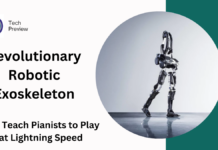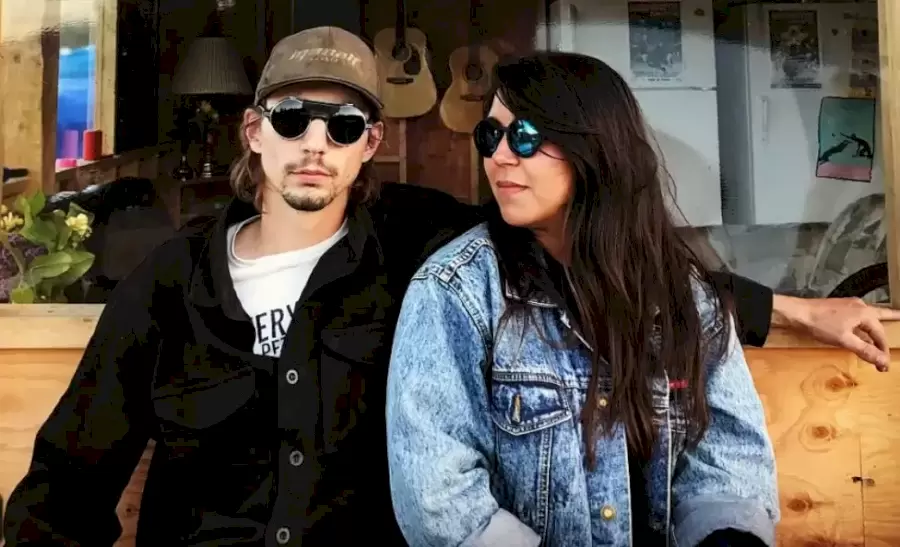The world’s first-ever artificial intelligence chatbot, ELIZA, has been revived after being lost for decades. ELIZA, created by computer scientist Joseph Weizenbaum in the 1960s, is now being reconstructed from archived records and is running for the first time in over 50 years.
This groundbreaking achievement preserves a significant piece of AI history and marks a major milestone in the world of artificial intelligence development.
The Birth of ELIZA: A Pioneer in AI Chatbots
ELIZA was initially developed at the Massachusetts Institute of Technology (MIT) by Joseph Weizenbaum. In a time when computing power was much more limited, ELIZA was created with only 420 lines of code.
Though the AI model is incredibly rudimentary compared to modern systems like ChatGPT, ELIZA represented one of the earliest attempts to create human-like interactions through computers.
The purpose of ELIZA was to simulate a conversation between a user and a computer, often using a technique known as “pattern matching.”
The chatbot could respond to user input in a way that mimicked understanding, making it appear as if the machine had a basic level of comprehension.
ELIZA’s most well-known script, “DOCTOR,” was designed to simulate a Rogerian psychotherapist, offering responses that encouraged the user to continue talking.
ALSO READ : Revolutionary Robotic Exoskeleton Can Teach Pianists to Play at Lightning Speed
The Revival of ELIZA: Bringing the Past to Life
After the original source code was lost for many years, ELIZA’s resurrection became a project of historical significance.
Through careful research and the study of archived documents, a team of computer scientists managed to reconstruct the chatbot from existing records.
Thanks to this effort, ELIZA has been brought back online, allowing both enthusiasts and researchers to experience the early stages of AI development firsthand.
This revival is not just about nostalgia—it serves as a vital preservation of one of the first instances where artificial intelligence was able to mimic human conversation.
While the technology behind ELIZA is far behind the sophisticated AI systems in use today, it was a breakthrough for its time and opened the door for future developments in AI and chatbot technology.
What Made ELIZA Unique?
ELIZA was revolutionary for its simplicity and its ability to simulate intelligent conversation. Here’s a breakdown of what made ELIZA stand out during its creation:
- Pattern Matching: ELIZA used a method called “pattern matching” to identify keywords in the user’s input and generate responses accordingly. It didn’t understand the conversation in the way humans do but was able to produce relevant responses based on pre-programmed patterns.
- Simulated Therapy: The “DOCTOR” script was perhaps the most famous application of ELIZA. It emulated a psychotherapist’s responses, where the user’s input was rephrased in the form of a question, prompting the user to continue speaking. This conversational approach made ELIZA feel engaging, even though it was purely mechanical.
- Basic Natural Language Processing (NLP): Although far from the advanced NLP used in today’s AI systems, ELIZA was an early attempt at allowing computers to interact with humans using natural language. It laid the groundwork for the more sophisticated language models that would follow in subsequent decades.
ELIZA’s Lasting Impact on AI
The revival of ELIZA is not just a matter of rediscovering an old program; it’s a testament to how far artificial intelligence has come.
ELIZA was one of the first programs to show that computers could engage in basic communication with humans.
Despite its rudimentary nature, ELIZA sparked interest in artificial intelligence and natural language processing, which would eventually lead to more advanced technologies like Siri, Alexa, and Google Assistant.
The legacy of ELIZA extends beyond chatbots.
The idea of creating machines that could simulate human conversation became the foundation for the development of conversational AI, including sophisticated customer service chatbots and virtual assistants used today.
ELIZA also paved the way for modern AI systems that use deep learning, pattern recognition, and machine learning to understand and process human language.
The Evolution of AI Chatbots
While ELIZA might seem primitive today, it was a critical stepping stone for AI chatbots. Over the years, AI chatbot technology has evolved from simple pattern-matching programs to highly sophisticated models that can generate human-like conversation, thanks to advances in machine learning and neural networks.
Here’s a look at the key stages in the evolution of AI chatbots:
- ELIZA (1966): The first AI chatbot, which used pattern matching and simple scripts to simulate conversation.
- PARRY (1972): A more advanced AI chatbot that simulated a person with paranoid schizophrenia, using a more complex set of rules for conversation.
- A.L.I.C.E. (1995): An early chatbot that utilized more advanced natural language processing and won several chatbot competitions.
- Siri, Alexa, and Google Assistant (2010s-present): Virtual assistants that use deep learning and machine learning to understand speech, provide intelligent responses, and integrate with various services.
- ChatGPT and GPT-3 (2020s): Modern AI language models that can generate sophisticated, human-like text, hold context across multiple exchanges, and even write articles or answer complex questions.
Why the Revival Matters
Reviving ELIZA serves as a reminder of how far AI has come and highlights the importance of preserving the roots of technological innovation.
By understanding where AI started, we can appreciate the incredible advances that have been made over the last several decades. ELIZA was, in many ways, a proof of concept that demonstrated the potential for machines to engage in human-like communication.
Its revival also serves as a historical marker for the rapid development of artificial intelligence and provides insight into the future of human-computer interaction.
Conclusion
The resurrection of ELIZA, the world’s first AI chatbot, is a momentous occasion in the history of artificial intelligence. Created over 50 years ago, ELIZA was one of the earliest examples of a machine attempting to simulate human conversation. While today’s AI chatbots are far more sophisticated, ELIZA’s legacy lives on in the technology we use today. The efforts to bring ELIZA back to life offer a glimpse into the past of AI and remind us of how much the field has evolved over the years. As AI continues to advance, it’s essential to remember and honor the milestones that made this progress possible.
People May Ask
1. What is ELIZA?
ELIZA was the first AI chatbot, created in the 1960s by Joseph Weizenbaum at MIT. It used simple pattern matching to simulate conversations, most famously with the “DOCTOR” script, which emulated a psychotherapist.
2. Why is ELIZA important?
ELIZA was a pioneering program that demonstrated the potential for machines to simulate human-like conversation. It laid the groundwork for the development of modern AI chatbots and virtual assistants.
3. How was ELIZA revived?
ELIZA was revived through a detailed reconstruction of its original source code, which had been lost over time. Computer scientists studied archived documents to bring the chatbot back online for the first time in decades.
4. What was the primary function of ELIZA?
ELIZA’s primary function was to simulate a conversation with the user. It used pattern matching to provide responses based on the user’s input, creating an illusion of understanding despite its basic programming.
5. How has AI evolved since ELIZA?
AI has evolved significantly since ELIZA, with modern chatbots and virtual assistants now using deep learning and natural language processing to understand and respond to human speech in more sophisticated ways.
Click here to learn more.








